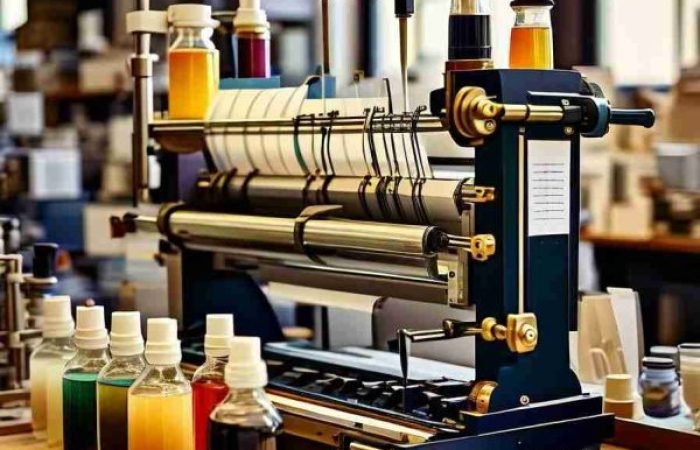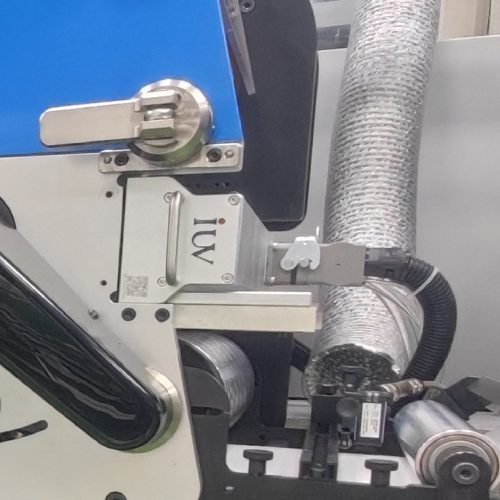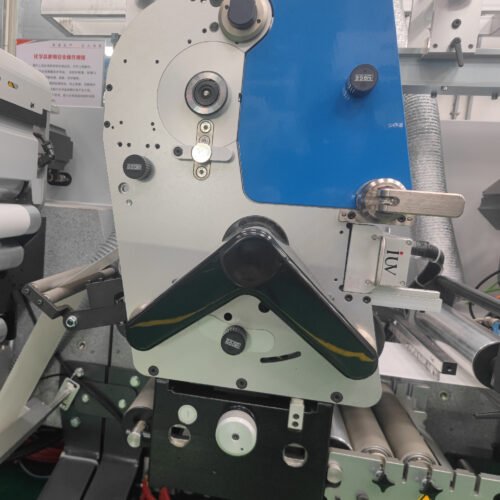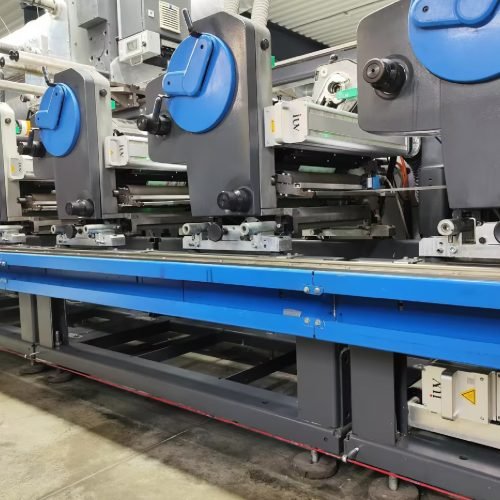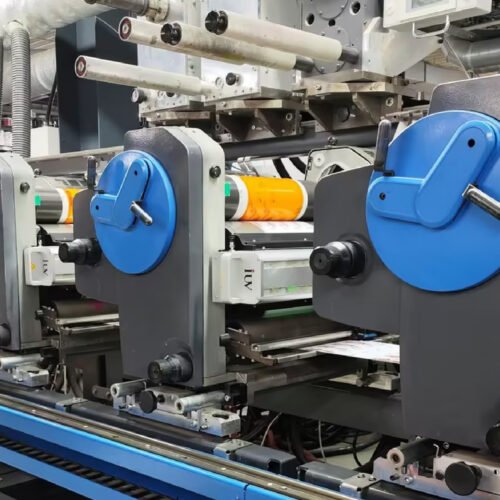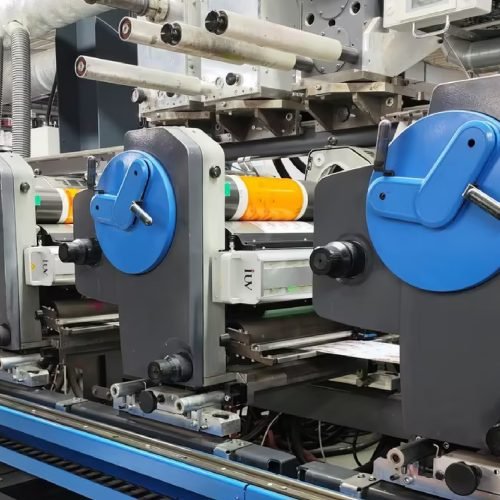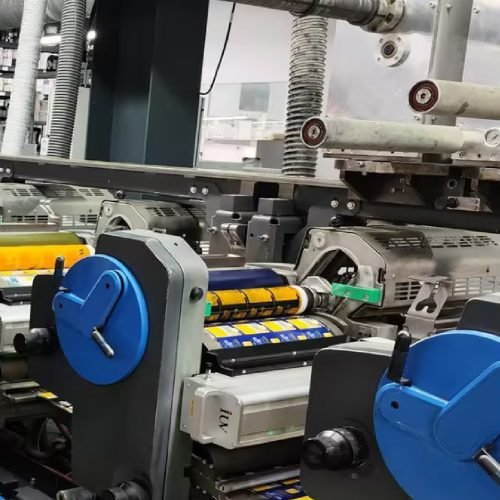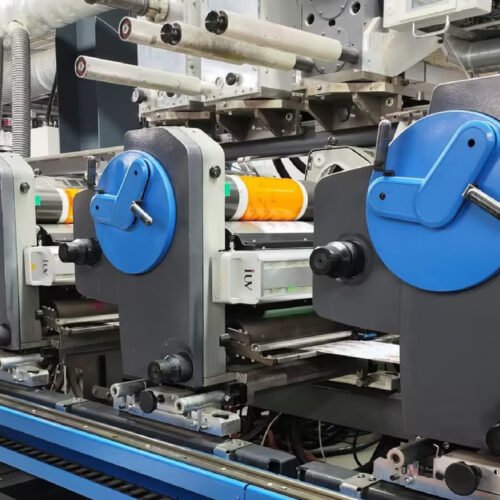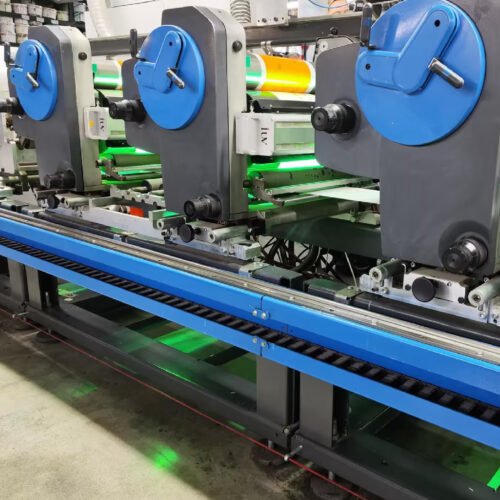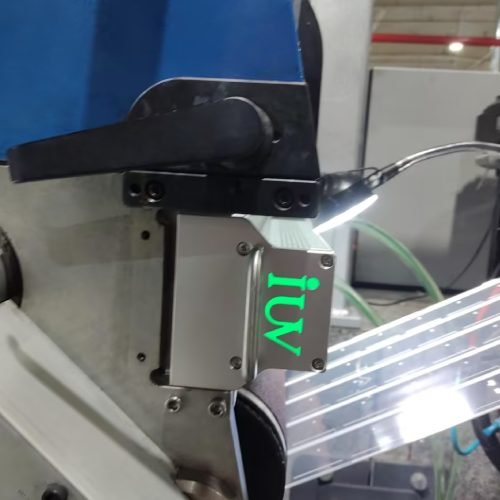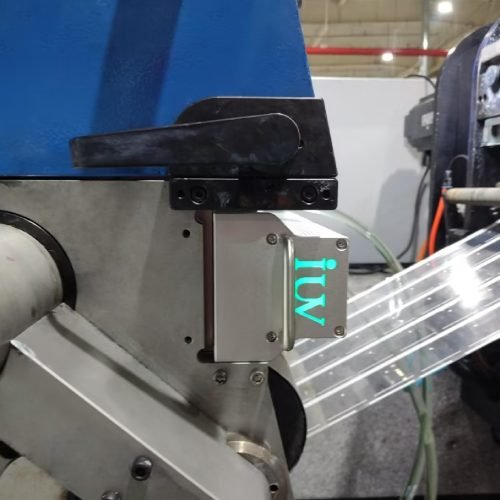Discover the power of UV, LED-UV, and self-drying inks and how they can transform your printing projects.
Ink Drying 101: A Fundamental Overview
- UV Ink Drying
A photochemical reaction occurs when UV ink is exposed to ultraviolet light, resulting in near-instant curing without the need for solvents.
- LED-UV Ink Drying
LED-UV inks utilize similar technology but are designed to cure under LEDs that emit a specific wavelength of UV light, consuming less energy and having a longer operational life.
- Self-Drying Ink
Self-drying inks dry as solvents evaporate over time, a slower process that requires less specialized equipment but has a larger ecological footprint due to volatile organic compounds (VOCs) release.
UV Ink Drying: Features and Advantages
- Energy-Efficient Curing
LED-UV inks dry under lesser heat, making them apt for heat-sensitive materials, and the low energy demand of LED lamps aligns with eco-friendly business models.
- Substrate Versatility
Like traditional UV inks, LED-UV inks can be used on a wide range of substrates, including non-porous materials, without compromising on print quality.
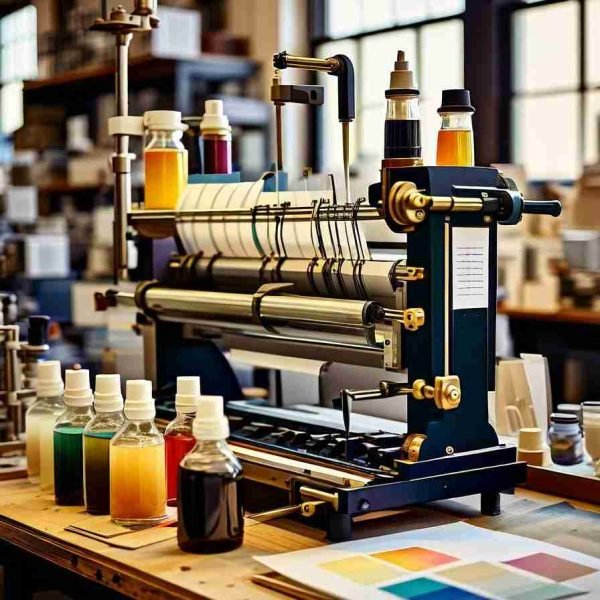
The Emergence of LED-UV Ink Drying
- Energy-Efficient
The low energy demand of LED lamps aligns with eco-friendly business models, making LED-UV inks a sustainable printing solution.
- Heat-Sensitive Substrates
LED-UV inks dry under lesser heat, making them suitable for printing on heat-sensitive materials.
Self-Drying Ink: Traditional Yet Effective
- Slower Drying Process
The evaporation-based drying process of self-drying inks means prints must be left to dry, requiring additional planning for space and time.
- Substrate Limitations
Self-drying inks are not suitable for non-absorbent materials but remain a workable option for standard paper printing.
Impact on Printing Substrates and Durability
- UV Inks
Ideal for non-porous substrates, such as plastics and metals, with excellent durability and scratch resistance.
- LED-UV Inks
Offer similar substrate versatility and durability as UV inks, with the added benefit of lower energy consumption.
- Self-Drying Inks
Best suited for absorbent materials like paper, with limited durability and substrate options compared to UV and LED-UV inks.
Selecting the Right Ink for Optimal Printing
- Factors to Consider When Choosing Ink
- Printing speed and production efficiency
- Substrate compatibility and durability requirements
- Environmental impact and energy consumption
- Cost-effectiveness and overall project budget
- Key Benefits of Each Ink Technology
UV inks offer rapid curing and versatility, LED-UV inks provide energy-efficiency and eco-friendliness, while self-drying inks remain a cost-effective option for certain applications.
Conclusion: Unlocking Printing Excellence
Increased Productivity
UV and LED-UV inks enable faster printing speeds and higher throughput, optimizing your workflow.
Substrate Versatility
The right ink choice expands the range of materials you can print on, unlocking new possibilities.
Eco-Friendly Solutions
LED-UV inks offer a more sustainable printing option with lower energy consumption and reduced environmental impact.

